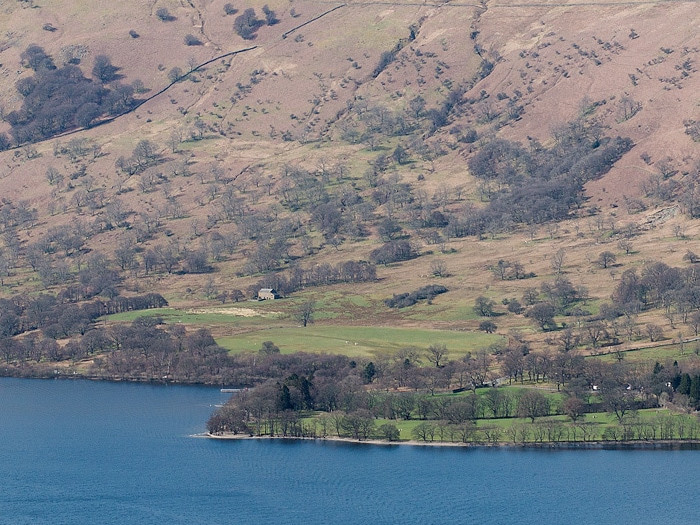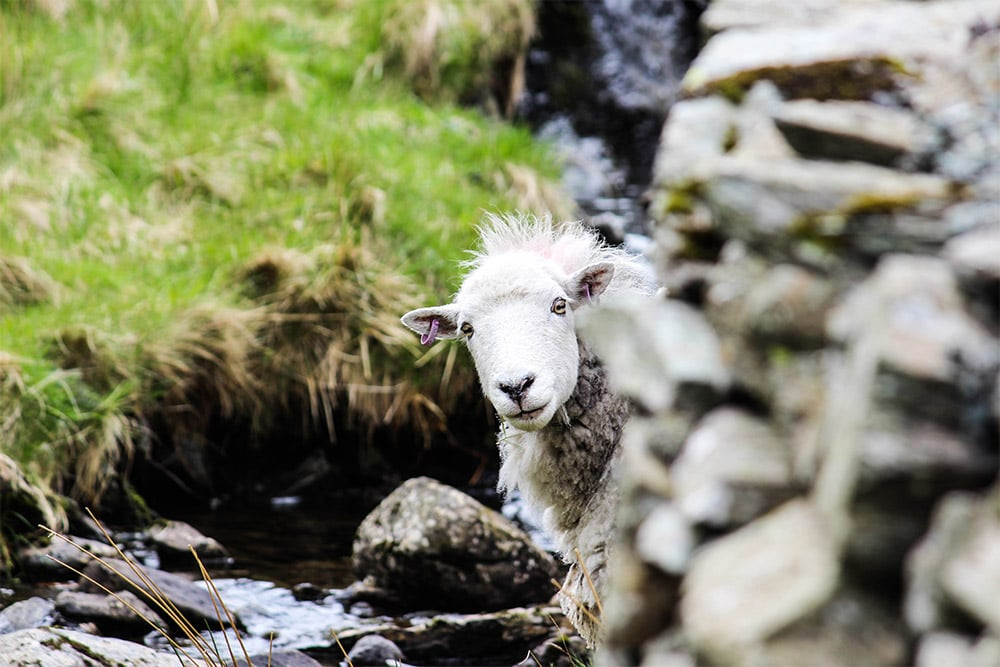10 things you didn't know about the Lake District
When it comes to the Lake District, it’s easy to paint a picture: mountains, lakes, winding roads, dry-stone walls and knots of houses. But, there’s more to it than meets the eye. The Lake District has many hidden secrets.
It’s taken over 500 million years to craft the landscape as we know it. Ocean floors, volcanic eruptions, glaciers and meltwater make up the Lake District’s story. With so much history built into the landscape, it has its fair share of obscure facts.
We’ve put together 10 of our favourite things you didn’t know about the Lake District.


10 facts about the Lake District
1. Officially, there is only one lake in the Lake District: Bassenthwaite. The other bodies of water: Ullswater, Windermere, Grasmere, Buttermere and so on, are all ‘waters’, ‘tarns’ or ‘meres’.
2. William Wordsworth found his inspiration for Daffodils near Ullswater, just around the corner from Another Place, The Lake.
I wandered lonely as a cloud,
That floats on high o’er vales and hills,
When all at once I saw a crowd,
A host, of golden daffodils;
Beside the lake, beneath the trees,
Fluttering and dancing in the breeze.
3. The Lake District is home to a number of rare and protected native animals, including the red squirrel, red deer, Peregrine falcons, barn owls, Natterjack toads and even Golden Eagles and Ospreys – which can’t be found elsewhere.
4. There are six times as many sheep as there are people in Cumbria, most commonly the hardy Herdwick sheep.

5. The longest and deepest bodies of water in England are in the lakes. Windermere is over 11 miles long. Wastwater is almost 80m deep.
6. There are 14,650 sites of archaeological and historical significance included on The Lake District Historic Environment Record lists. The earliest site dates from before 8,000 BC. The Lake District is home to the best preserved Roman fort in the UK. Established in the second century under Emperor Hadrian, Hardknott Fort is the best preserved in the UK.
7. The highest mountain in England is in the Lake District: Scafell Pike reaches 3210 feet above sea level.
8. Volcanic rock is responsible for the lakes and peaks. The hardness of the rock has meant that water has been unable to seep away, which has allowed the lakes to form, and it’s what has remained to form peaks where softer rock has been eroded.
9. In July 2017, the Lake District was awarded UNESCO World Heritage status.
19. The Schelly fish is found in only four Lakes in the world, Ullswater being one of them. This fish dates back to the Ice Age and can only live in cold, deep water, it’s incredibly rare to see them.

Discover more about The Lake District first hand, book your stay.